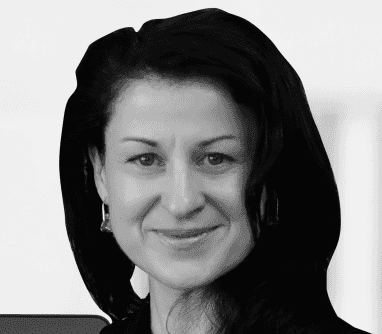In my work with teams, I have noted that there are two key inputs that are fundamental to enabling better decision-making and problem-solving and these are diversity and dissent. Diversity of thought and perspective is essential when trying to solve complex problems but even at the very highest levels of team authority, we also need constructive dissent to pressure test the solution. But dissent is not always encouraged as the culture might be to go with the flow and agree with the general consensus.
I experienced this a few decades ago while sitting in a room with 30 senior executives of a global corporation as we tried to firefight a major ‘incident’ that had just been escalated … it was a sunny Saturday afternoon, everyone was dressed casually (as we had all got the call just 2 hours earlier that interrupted our weekend) to inform us that a management crisis meeting was being held to avert a multimillion cost impact and share price devaluation on Monday morning.
As we huddled in an airless room, it was clear that nobody was leaving until viable solutions were agreed and road mapped. By late evening, the social need to conform and agree on a solution was overriding finding the right solution. Conformity was driving poor decision-making until the CEO was conferenced into the meeting (who was on holiday, in a different time zone, wearing a bright Hawaiian shirt and a chillingly calm expression) and broke the dim murmur of agreement and demanded to hear only the ‘cons’ of the proposed plan, and why it couldn’t work. By demonstrating a growth mindset and self-awareness, the crisis meeting turned into an opportunity to question our thinking and paradigms. A strong solution was interrogated, tweaked and agreed upon and in the weeks that followed, this meeting became part of the organisation’s cultural highpoint as to what good team decision making looks like.
A few interesting resources on this topic are John Kotter’s A Sense of Urgency and The 8th Habit: From Effectiveness to Greatness by Stephen R. Covey


